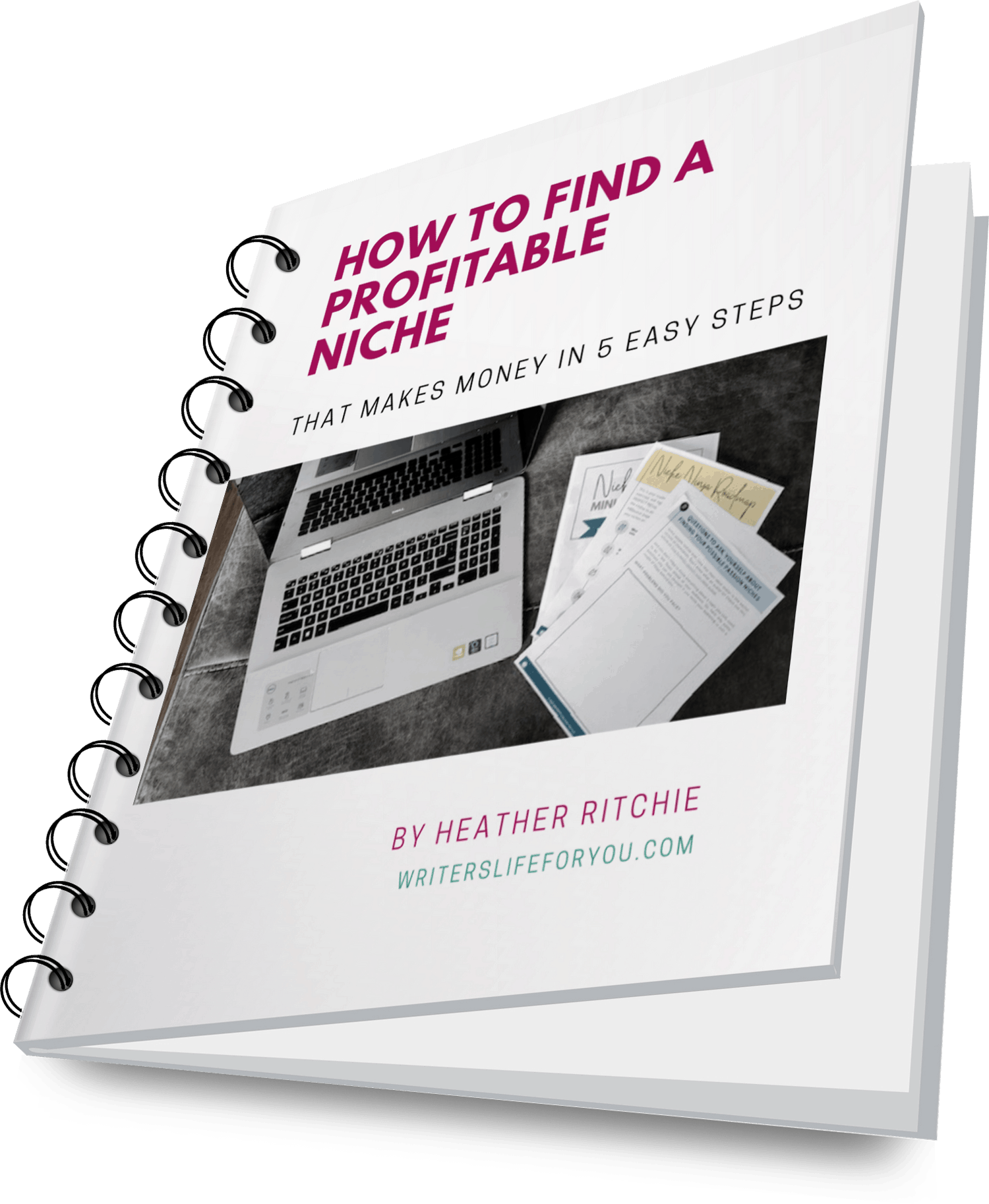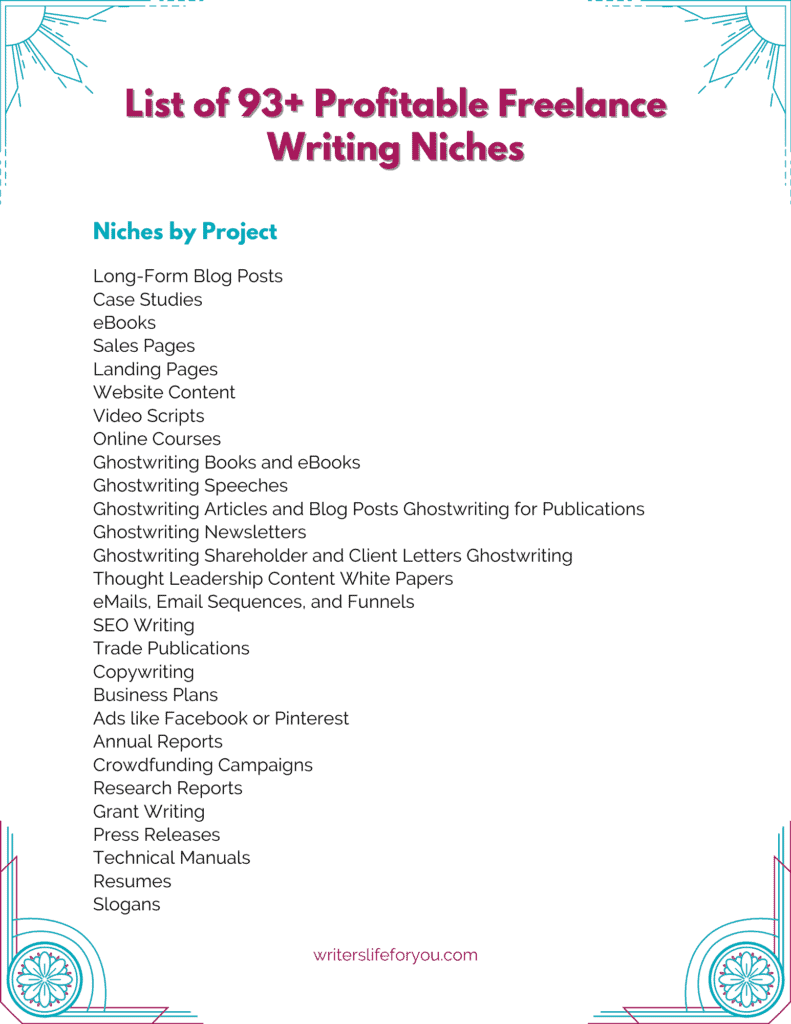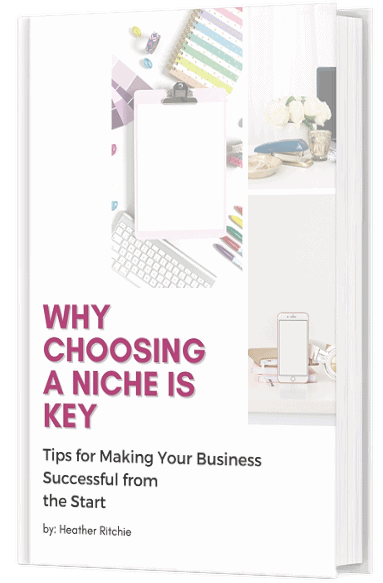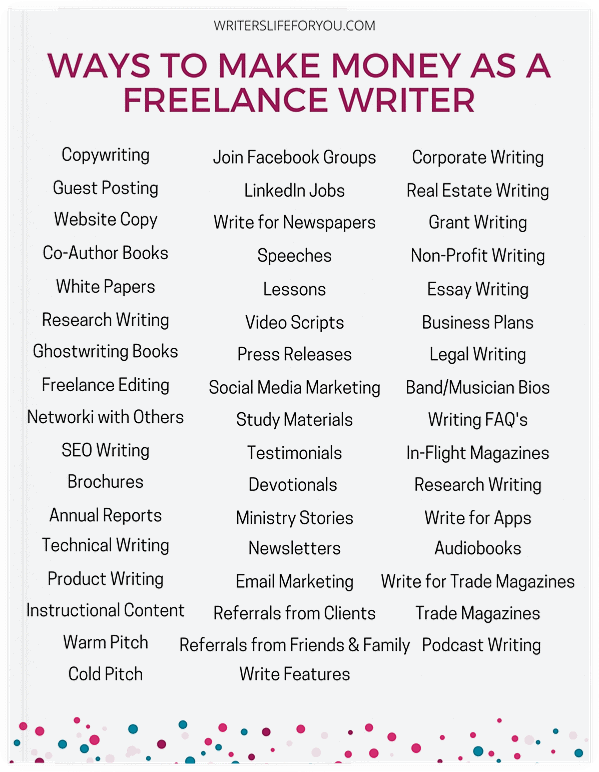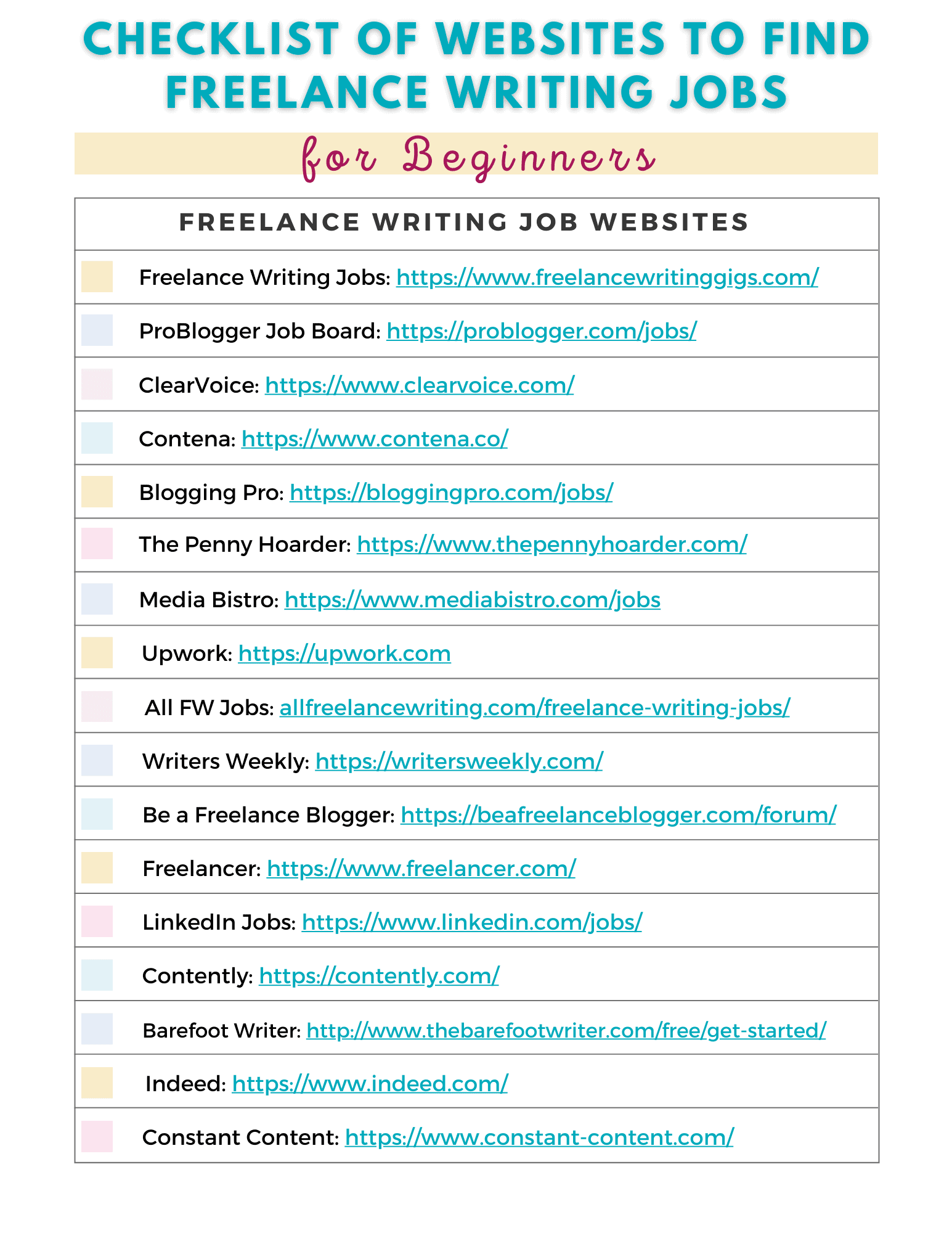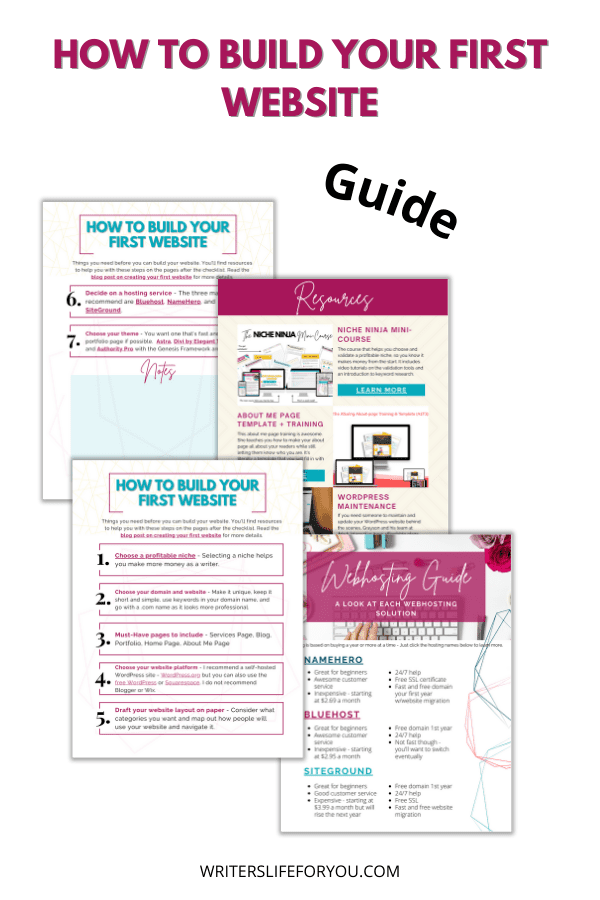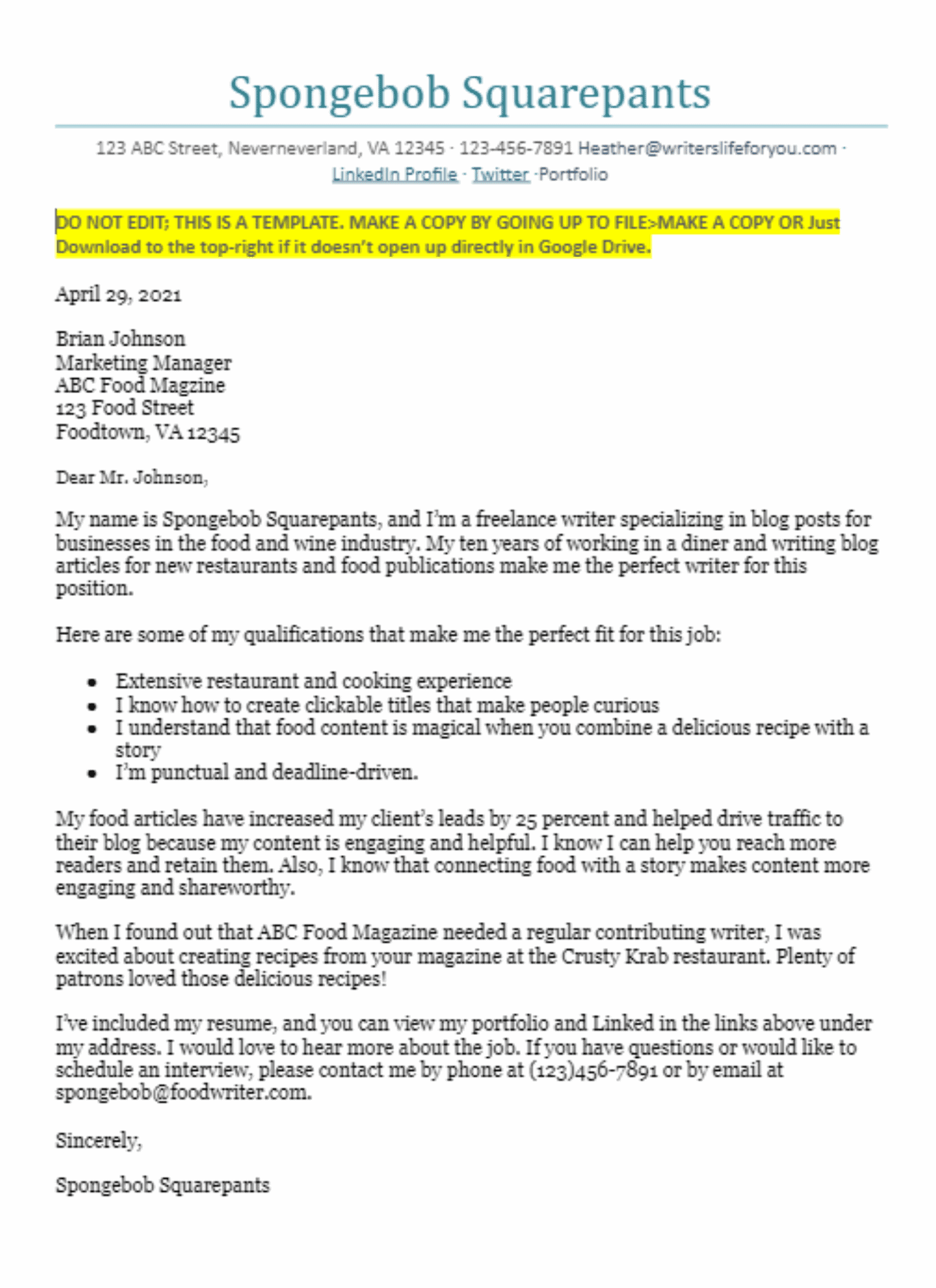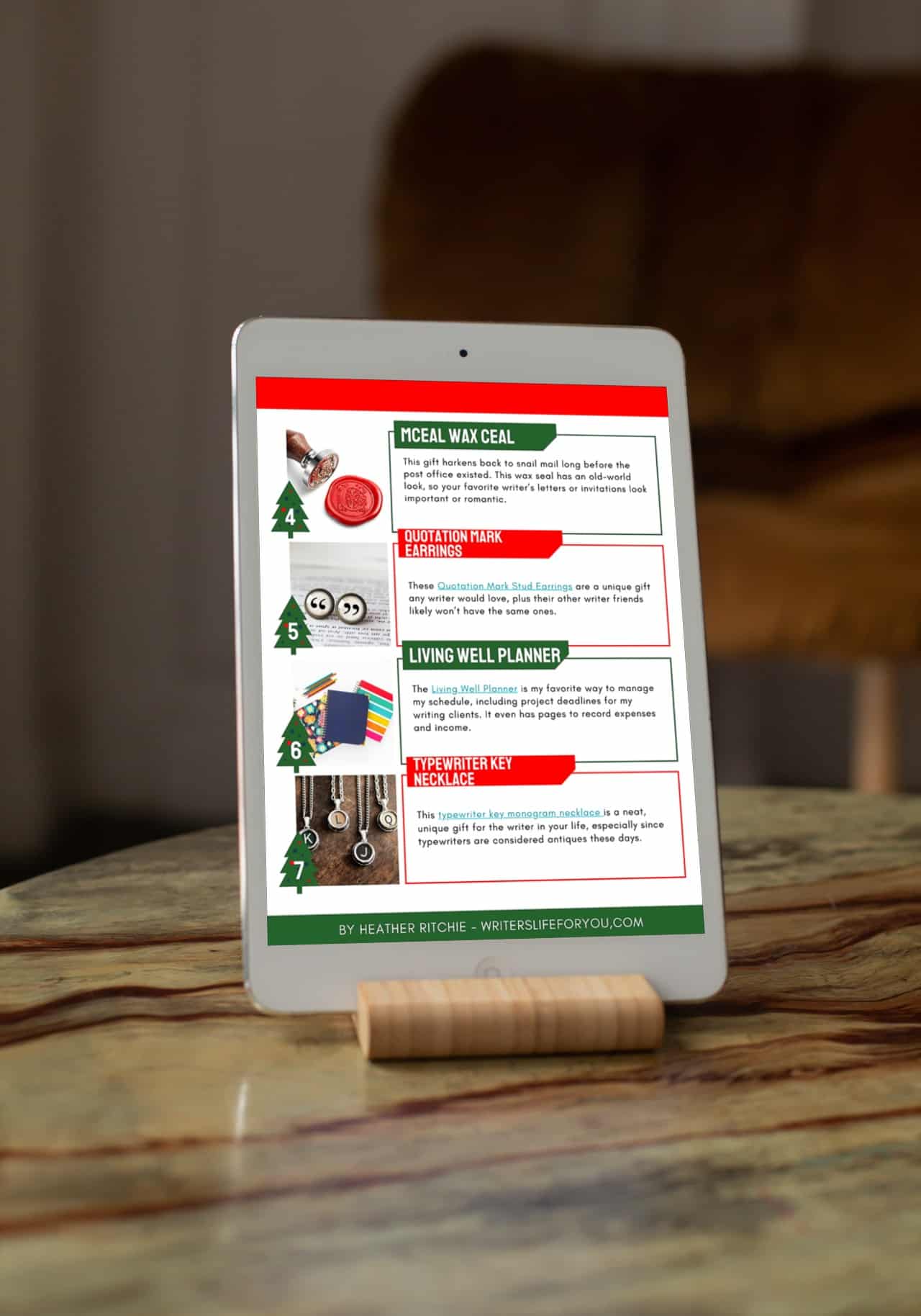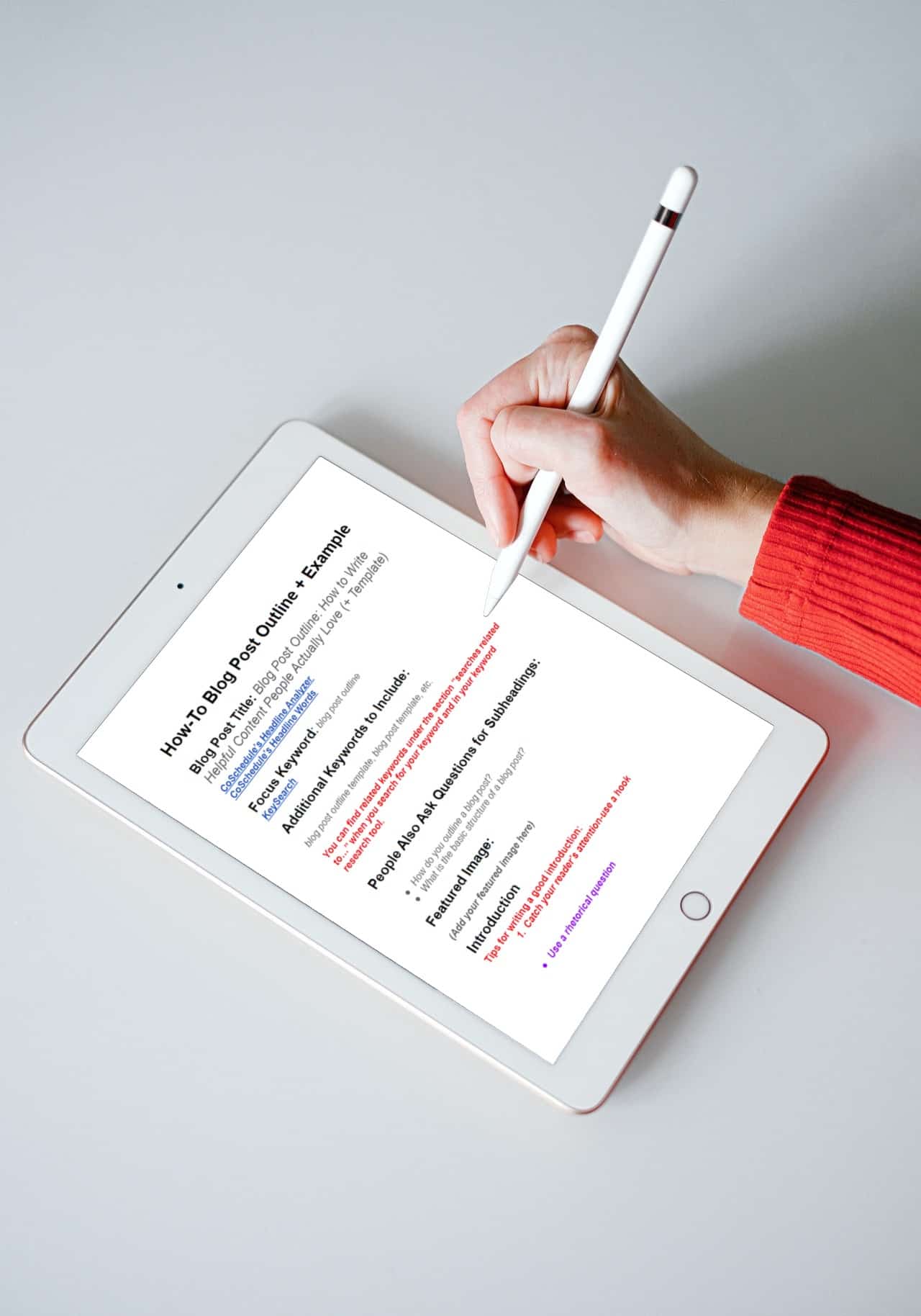Understanding persuasive business writing is the key to effectively using emotional appeals and other forms of copywriting.
Persuasive writing is a potent tool, and large organizations pay a lot of money for the best writers in the business.
Persuasive business writing covers all forms of business communication, from blog posts to sales emails and many others. Thankfully, anyone can learn to write persuasively. Here are 10 persuasion techniques and how to use them in your business writing.

10 Persuasive Business Writing Techniques
1. Start With a Hook
The first step of persuasive business writing is to grab the reader’s attention. Make a bold but accurate statement that will make people want to read through the rest of your article, and be prepared to back up any claims you make with evidence.
Make sure your hook reflects the rest of your content. Otherwise, people will stop reading as soon as they realize the hook is dishonest, and they will lose trust in you.
2. Understand Your Audience
Persuasive business writers need to make the most of numerous writing skills, one of which is research. Find out what makes your audience tick, what their concerns are, and what questions they have.
When you get to know your audience, you’ll learn what kind of language resonates with them. For example, if your readers are middle-aged professionals, a sober, formal approach might make the best impression. If you’re trying to appeal to young people, perhaps you should use fun, energetic language instead.
A good way to understand your audience is to create a buyer persona. A buyer persona is a caricature of the people who are most likely to buy your products.
It should include information like your audience’s pain points, preferences, and demographics such as age, location, and income range. If your target audience is diverse, you can develop more than one buyer persona.
3. Use Social Proof
If you’re trying to sell a product or service, include testimonials from previous customers in your persuasive business writing. People tend to believe reviews and online comments, even from strangers. In fact, 49% of people trust consumer reviews as much as recommendations from friends and family.
Social proof helps your readers imagine how your product would benefit them by, for example, solving a problem, saving them money, or making a task easier.

4. Agitate and Solve
Bring attention to a pain point that your readers are likely to have. For example: “Don’t you hate it when your grill doesn’t light? It can ruin your day.” Then introduce your solution. Demonstrate that your product will reliably light their grill, so malfunction will never ruin their BBQ again.
It also helps to get to the root of what the customer hopes to achieve by buying your product. For example, people don’t purchase weight-loss programs to lose weight—they do it to look and feel better, and weight loss is just a means to that end.
Solving problems and creating helpful content are two of the most effective sales methodologies, so identifying your audience’s pain points is crucial for your research.
5. Ask Rhetorical Questions
Telling a potential customer that your product will improve their life is not nearly as effective as getting them to say it themselves by asking a rhetorical question.
For example, if you sell a cryptocurrency management tool, ask, “Are you tired of checking the price of Bitcoin 20 times a day?” Obviously, the answer will be yes, and by answering, the reader will believe that your product can benefit them.
People put up barriers when they know someone is trying to sell them something. Using rhetorical questions can convince them to let their guard down, giving you an opportunity to present your pitch.
Successful persuasive business writing also involves asking closed-ended questions, which are questions that can only be answered with “yes” or “no.” Asking open-ended questions makes it easy for the reader’s mind to wander away from your message.
With closed-ended questions, you control the narrative, and you can lead your readers to the desired conclusion.

6. Use Repetition
People tend to skim text rather than digest every word, making it easy for them to miss key points, so you should use repetition in your persuasive business writing to drive your message home. Using a literary device—like a metaphor, an anecdote, or a rhetorical question—can help you repeat a point without losing your readers’ interest.
7. Emphasize Selling Points
When making a critical point, don’t just throw it out there and move on—emphasize it. In persuasive business writing, it’s OK to exaggerate. For example, a restaurant might claim to have the “best pasta in the world.” It’s not meant to be taken literally, but to emphasize that they have great pasta.
Emphasis is important because your readers probably don’t know your product as well as you do so they might overlook key selling points. Emphasis will also help convey your enthusiasm for your product, which will rub off on your readers.

8. Make Comparisons
Using comparisons in persuasive business writing allows your readers to envision the benefits of your product. For example: “Sign up for this course for the same price as a coffee” highlights your product’s value. You can also compare your products to a similar product if the comparison demonstrates a clear advantage.
9. Address Objections
No matter how great your product is, people will still have objections. So one of my best content writing tips is using persuasive business writing to help overcome them, paving the way for the sale.
First, research what your audience’s objections are. It’s essential to learn what concerns your readers have so you can avoid giving them new ones. When you find out what your audience objects to, you can craft your rebuttals.

10. Predict the Future
You don’t have a crystal ball, but that doesn’t mean you can’t predict the future sometimes. For example, you might be confident that your product will save your customers $300 in one year.
Making such a bold prediction can convince potential customers that they should buy your product. What’s more, when people on the fence see your prediction come true, they will gain confidence in your brand.

FAQs
What are five types of persuasive business writing?
This article discusses these ten types of persuasive business writing techniques.
- Start with a Hook
- Understand your Audience
- Use Social Proof
- Agitate and Solve
- Make Comparisons
- Use Repetition
- Ask Rhetorical Questions
- Emphasis Selling Points
- Address Objections
- Predict the Feature

What are some examples of persuasive writing?
Every sales page or sales email is an example of persuasive writing.
An example of using repetition would be:
A word repeated too often.
An image repeated too often.
A thought repeated too often.
An idea repeated too often.
An example of making a comparison would be:
FreshBooks is the best accounting software for freelancers because it’s much simpler to use than QuickBooks.
An example of forecasting the future would be:
Imagine how your life would improve if you could sell more of your products and services? You could hire the help you need, go on vacations more often, etc.

Tap Into the Power of Persuasive Business Writing
Persuasive business writing is an art that takes time to master. Taking an online writing course can get you up to speed, but even the basics can make your writing more potent.
Start with a hook to draw people in, and make sure your content appeals to your target audience. Include social proof to instill confidence in your product, and use emphasis and repetition to highlight key selling points.
Also, try to write in active voice for more effective business writing.
Learn your audience’s pain points, demonstrate how your product or service can solve their problems, and answer their objections. These are the first steps for developing long and fruitful relationships with new customers and the secret to effective communication.
Related Posts to Persuasive Business Writing
The Best Laptops for Writers This Year (2022)
The Ultimate Guide to Freelance Writing for Beginners
The Ultimate Guide on How to Be a Ghostwriter and Make Serious Money
23+ Insanely Simple Freelancing Hacks and Tools to Guarantee Success
The Ultimate Guide on How to Start a Freelance Business with No Money
How to Make Money with WordPress in 48 Hours: 5 Clever Ways
A Freelancer’s Guide to Getting Yourself Out of a Writing Rut

Jamie Finch is a freelance writer with nearly two decades of experience. He left Britain in the year 2000 and headed East. He is currently living in Bangkok and writes on a wide range of topics, with a particular focus on SEO and marketing.
Use these types of persuasive business writing for more positive responses today.





